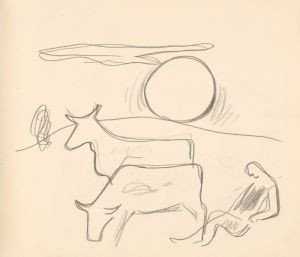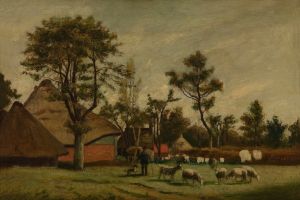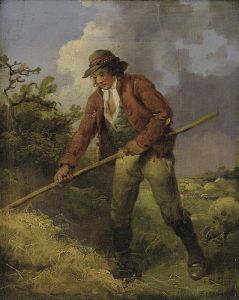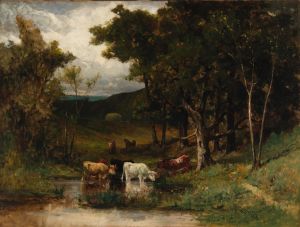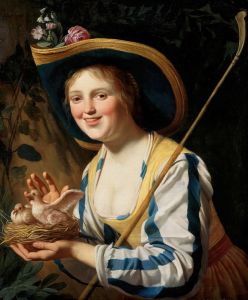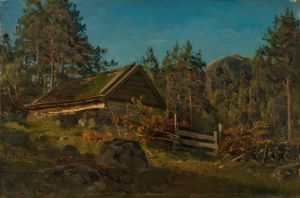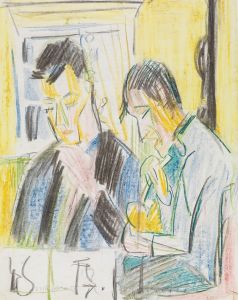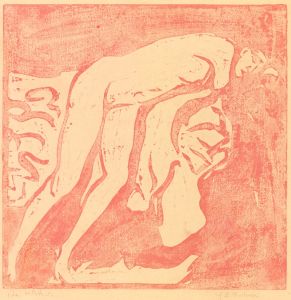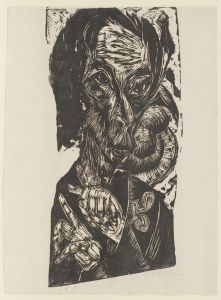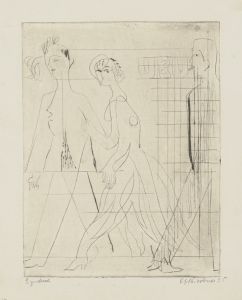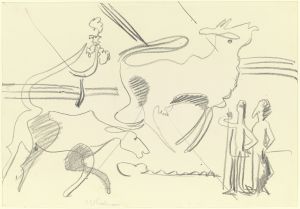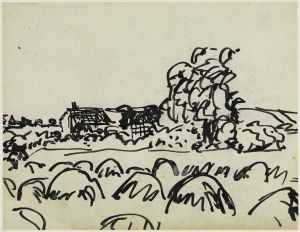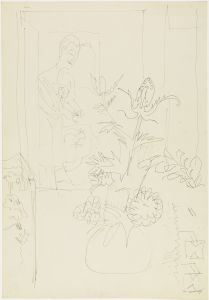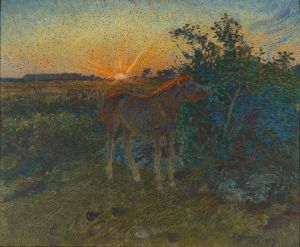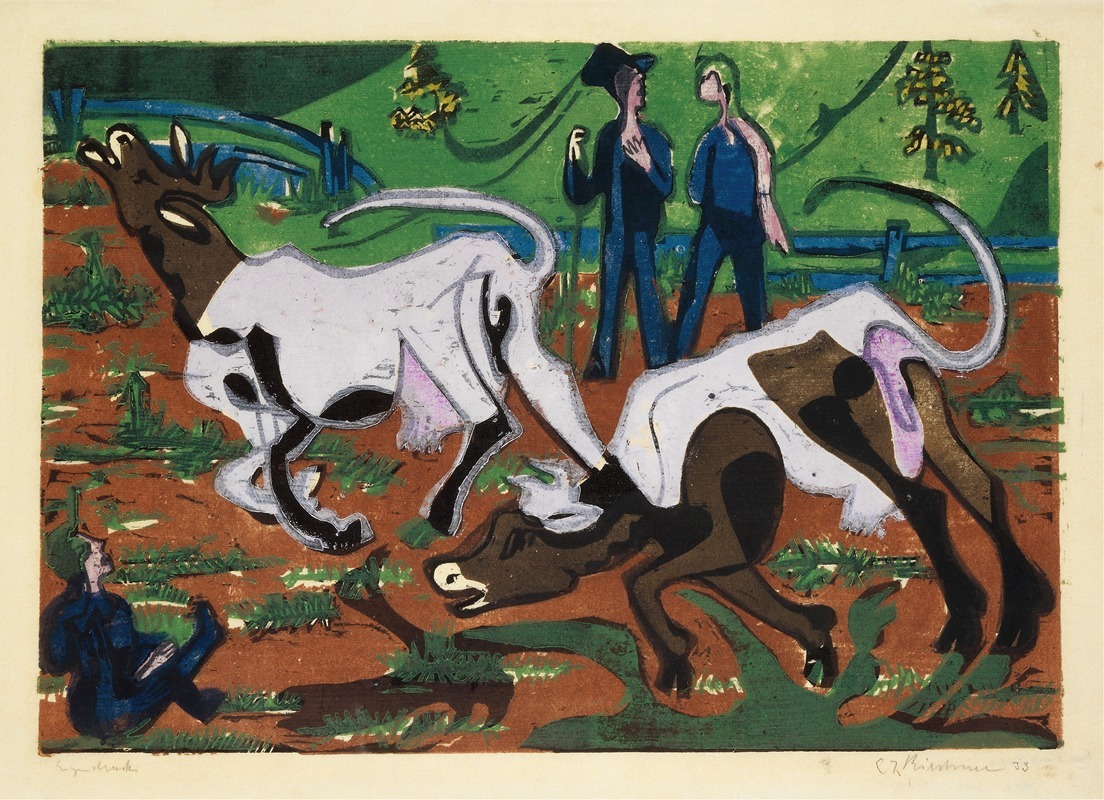
Kühe im Frühling
A hand-painted replica of Ernst Ludwig Kirchner’s masterpiece Kühe im Frühling, meticulously crafted by professional artists to capture the true essence of the original. Each piece is created with museum-quality canvas and rare mineral pigments, carefully painted by experienced artists with delicate brushstrokes and rich, layered colors to perfectly recreate the texture of the original artwork. Unlike machine-printed reproductions, this hand-painted version brings the painting to life, infused with the artist’s emotions and skill in every stroke. Whether for personal collection or home decoration, it instantly elevates the artistic atmosphere of any space.
Ernst Ludwig Kirchner was a prominent German expressionist painter and one of the founding members of the artist group Die Brücke (The Bridge), which played a pivotal role in the development of modern art in the early 20th century. Kirchner's work is characterized by its bold use of color, dynamic compositions, and expressive forms, often reflecting the tensions and transformations of his time.
"Kühe im Frühling" (Cows in Spring) is one of Kirchner's paintings that exemplifies his unique approach to landscape and subject matter. While specific details about the painting's creation, such as the exact year it was painted, are not widely documented, it is consistent with Kirchner's style during his time in Switzerland. After moving to Switzerland in 1917, Kirchner's work often depicted the serene and pastoral landscapes of the Swiss Alps, a stark contrast to the urban scenes he painted earlier in Berlin.
The painting likely features a pastoral scene with cows, a subject that Kirchner explored in several works during his Swiss period. This period marked a shift in his artistic focus, as he sought solace and recovery from the psychological and physical scars of World War I. The Swiss landscape provided a peaceful environment that influenced his art, leading to a more harmonious and vibrant palette.
Kirchner's technique in "Kühe im Frühling" would typically involve bold brushstrokes and a vivid color scheme, capturing the vitality and essence of springtime. His use of color was not merely representational but expressive, aiming to convey the emotional resonance of the scene. The depiction of cows in a spring setting could symbolize renewal and the cyclical nature of life, themes that were significant to Kirchner during his convalescence.
The painting reflects Kirchner's interest in the relationship between humans and nature, a recurring theme in his work. By focusing on rural subjects, he distanced himself from the industrialization and mechanization that characterized much of the early 20th century, instead embracing a more organic and primal connection to the world.
Kirchner's time in Switzerland was also marked by a return to woodcut prints and other forms of graphic art, which influenced his painting style. The strong lines and simplified forms in his paintings from this period echo the techniques used in his prints, emphasizing the structural elements of the composition.
"Kühe im Frühling" is a testament to Kirchner's ability to adapt and evolve as an artist, reflecting his personal journey and the broader cultural shifts of his era. His work continues to be celebrated for its emotional depth and innovative approach, securing his legacy as a key figure in the expressionist movement.
While specific exhibitions or collections housing "Kühe im Frühling" are not detailed in available records, Kirchner's works are held in numerous prestigious institutions worldwide, including the Kirchner Museum in Davos, Switzerland, which is dedicated to his life and art. His influence extends beyond his lifetime, inspiring future generations of artists to explore the expressive potential of color and form.





